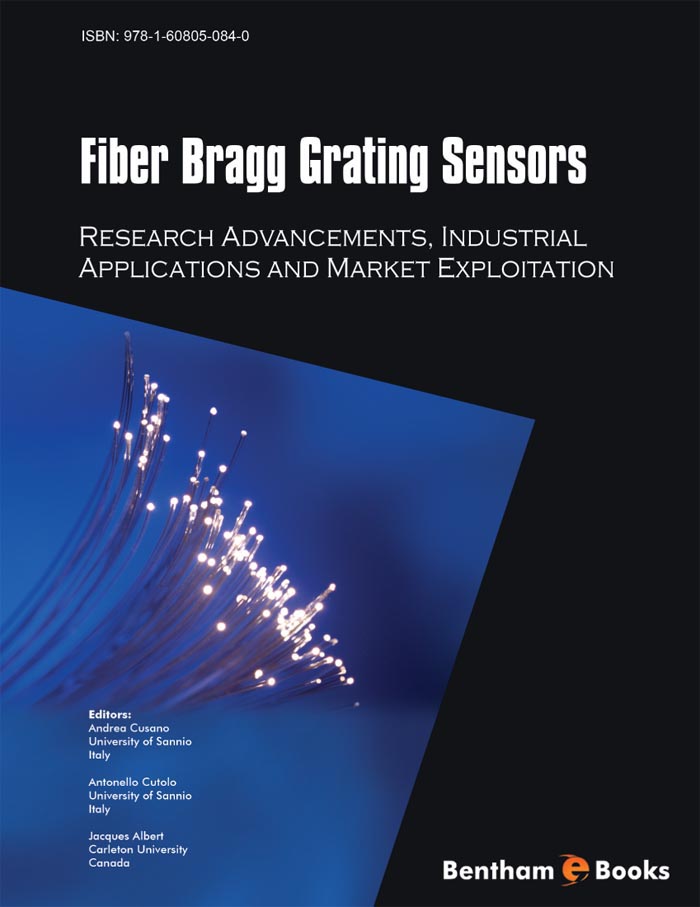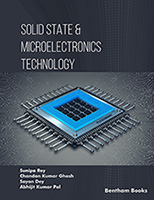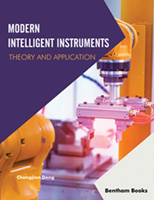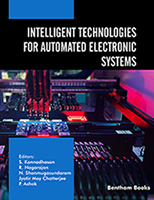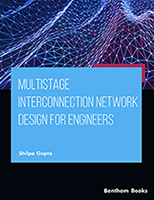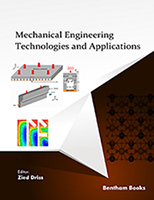Foreword
Optical fiber based sensor systems have fascinated the researcher and tantalized the application engineer for over forty years. The fascination lies within the countless ways through which the technically inclined optical scientist can cause light guided within an optical fiber to interact with the world outside and the myriad principles through which these modulation phenomena could be detected. The applications engineer finds the benefits which this approach offers to be many and intriguing. These include predominantly that the area or point which is to be measured needs no electrical contact and yet remains in intimate proximity to the parameter of interest. Add this to ideas like highly multiplexed all electrically passive networks, distributed sensing systems and interrogation ranges of 10 or more kilometers and a whole new spectrum of applications becomes possible.
Of the multiple techniques which have been explored a few have emerged into reality. The fiber optic gyroscope now navigates spacecraft and the hydrophone array helps in mapping the seabed. Other techniques are exciting considerable interest and among these one of the principal contenders for extensive exploration is undoubtedly the Fiber Bragg grating – the subject of this book.
The Bragg grating is intrinsically a simple device. A periodic structure is written into the core of an optical fiber and this periodic structure will reflect specific optical wave length dependent on the periodicity. Vary the periodicity, vary the wavelength. Since this period depends upon environmental temperature and externally applied strains and pressures we have the basis for a simple sensor which is easily and unambiguously interrogated. Furthermore long strings of these sensors each operating at a different wave length can be written into a single fiber giving an array technology linked through just a single fiber giving an array technology which can extend over kilometers.
The basic concepts for the fiber grating go back more than twenty years from early exploratory work undertaken by Ken Hill and his colleagues in Canada. Since then the grating has attracted significant attention from scientists and application engineers alike and has demonstrated its applicability in areas ranging from monitoring large and complex highway bridges to measuring stresses in teeth.
This book explores every nuance of this important sensing concept. The contributors are, without exception, internationally recognized experts in their field and present the diversity of techniques, applications and perceptions through which the potential offered by the Bragg grating can be appreciated. This ranges from basic fabrication processes through the design of the details of the grating structure itself into multiplexing techniques and technologies, the interrogating electro-optic system and the numerous interfaces into application. Market prospects and technology roadmaps also feature to complete the overall picture.
The book promises to be an invaluable addition to the sensing engineer’s library and will provide essential background to stimulate the future prospects for this important and intriguing technology.
Brian Culshaw
University of Strathclyde
Glasgow, Scotland
United Kingdom

